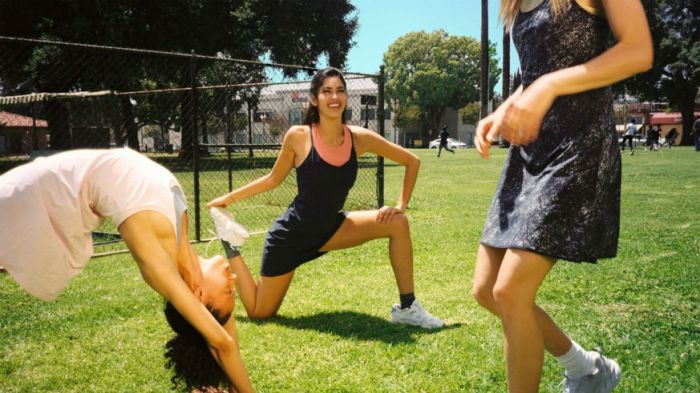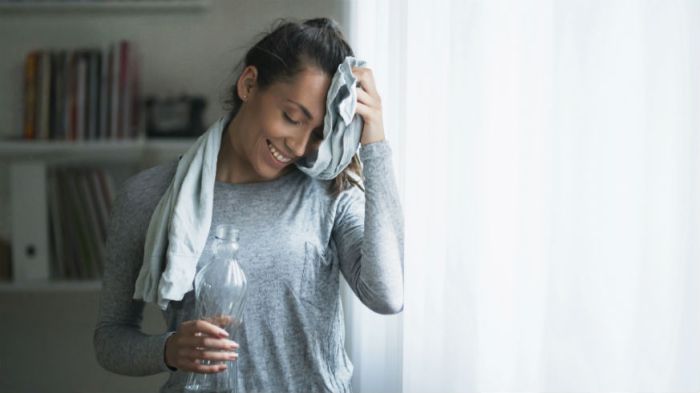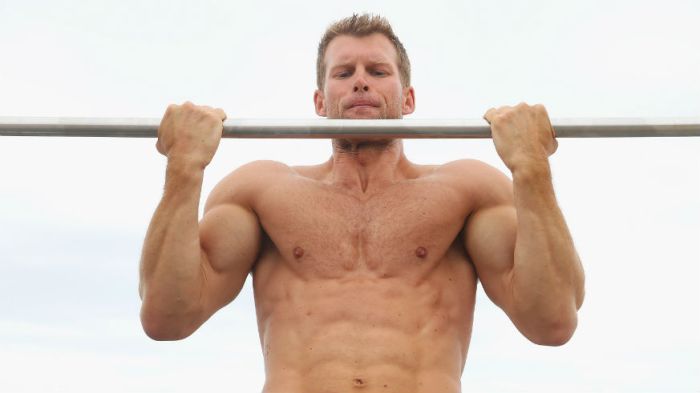Exercise is good for you — that’s a given. It also goes without saying that you can find a way to work out, even if all you have is the living room rug and your iPhone. But, for people who have significant trouble breathing while breaking a sweat, workouts can be rather difficult. This is called exercise-induced asthma, or airflow obstruction that occurs during exercise.
According to the Asthma and Allergy Foundation of America, up to 90 percent of people who have asthma experience symptoms while working out. The foundation also notes that exercise-induced asthma, or its preferred term, exercise-induced bronchoconstriction (EIB), may be the most common cause of asthma symptoms for teens and young adults.
The Allergy & Asthma Network reports that one in 10 people experience exercise-induced asthma — and many don’t recognize this as a problem.
Metro spoke to Dr. Purvi Parikh, an allergist and immunologist with the Allergy & Asthma Network, about exercise-induced asthma causes, symptoms and treatments, as well as other important information to know.
Causes of exercise-induced asthma
Factors that can lead to exercise-induced asthma include air pollution and respiratory infections.
Exercise-induced asthma can be triggered by sudden changes in temperature, especially when breathing cold, dry air, according to the Allergy & Asthma Network. Most people breathe through their mouths while working out, and this allows allergens into their airways.
Dr. Parikh said that doctors can’t pinpoint exactly what triggers asthma while working out, “but the thinking is that exercise can increase inflammation as it increases blood flow to all organs of your body. That combined with your muscles spasming within your airways … is a recipe for an asthma attack.”
Exercise-induced asthma symptoms
People who have exercise-induced bronchoconstriction usually experience wheezing, coughing and chest pain or tightness — and symptoms tend to appear five to 10 minutes into or after your workout.
“Coughing in general, especially nonstop, is not typical of exercise and is likely an asthma attack,” Dr. Parikh said. “Now, shortness of breath is a little more tricky as everyone is somewhat winded with exercise, but if you are unable to catch your breath when slowing down or stopping, that’s a sign it may be asthma rather than [an effect of] normal exercise.”
According to Dr. Parikh, exercise-induced asthma symptoms are managed and treated similarly to asthma attacks that occur without exercise.
“Usually the ones with exercise should not last for days, whereas other asthma attacks can if not appropriately treated,” Dr. Parikh stated. “A lot of the immediate medication and inhalers used are the same. Some of the controller medications may vary depending on the symptoms.”
Managing exercise-induced asthma
For exercise-induced asthma, “we prescribe a preventive medication, which is used 20 to 30 minutes prior to working out,” Dr. Parikh said. This medication includes bronchodilators (i.e. inhalers) to increase airflow into the lungs.
The Allergy & Asthma Network website also states strategies such as warming up before exercise and cooling down afterward, as well as staying hydrated.
Dr. Parikh said that, for those who suffer from pollen or outdoor allergies, it’s best to avoid working out in the early morning when pollen counts are highest. Those who have problems with cold air and humidity should also monitor when the best times are to exercise outdoors to decrease the risk of asthma attacks.

Picking the right exercise for exercise-induced asthma
Though the Allergy & Asthma Network suggests swimming, walking or hiking as forms of exercise that are better suited for people with exercise-induced asthma, Dr. Parikh said it’s not so much about avoiding certain types of workouts, it’s about being “well controlled so it is safe to exercise.”
“Even Olympic athletes have asthma, but making sure you are on correct medications is most important and safest rather than the specific exercise,” she continued.
Dr. Parikh did note, however, “a few studies have shown that yoga or activities that promote deep breathing have some benefit” for people who suffer from asthma.
When is the right time to contact a doctor?
Dr. Parikh urged that anyone who experiences the above symptoms should be contacting an allergist or pulmonologist if they haven’t done so already.
“If you are not sure you have asthma, any intractable coughing, chest tightness, chest pain or shortness of breath that doesn’t improve when stopping [exercise] should be addressed by a doctor,” she stated.
A doctor will take a look at your medical history, perform breathing tests and help you choose the best plan to prevent asthma symptoms in the future.





















